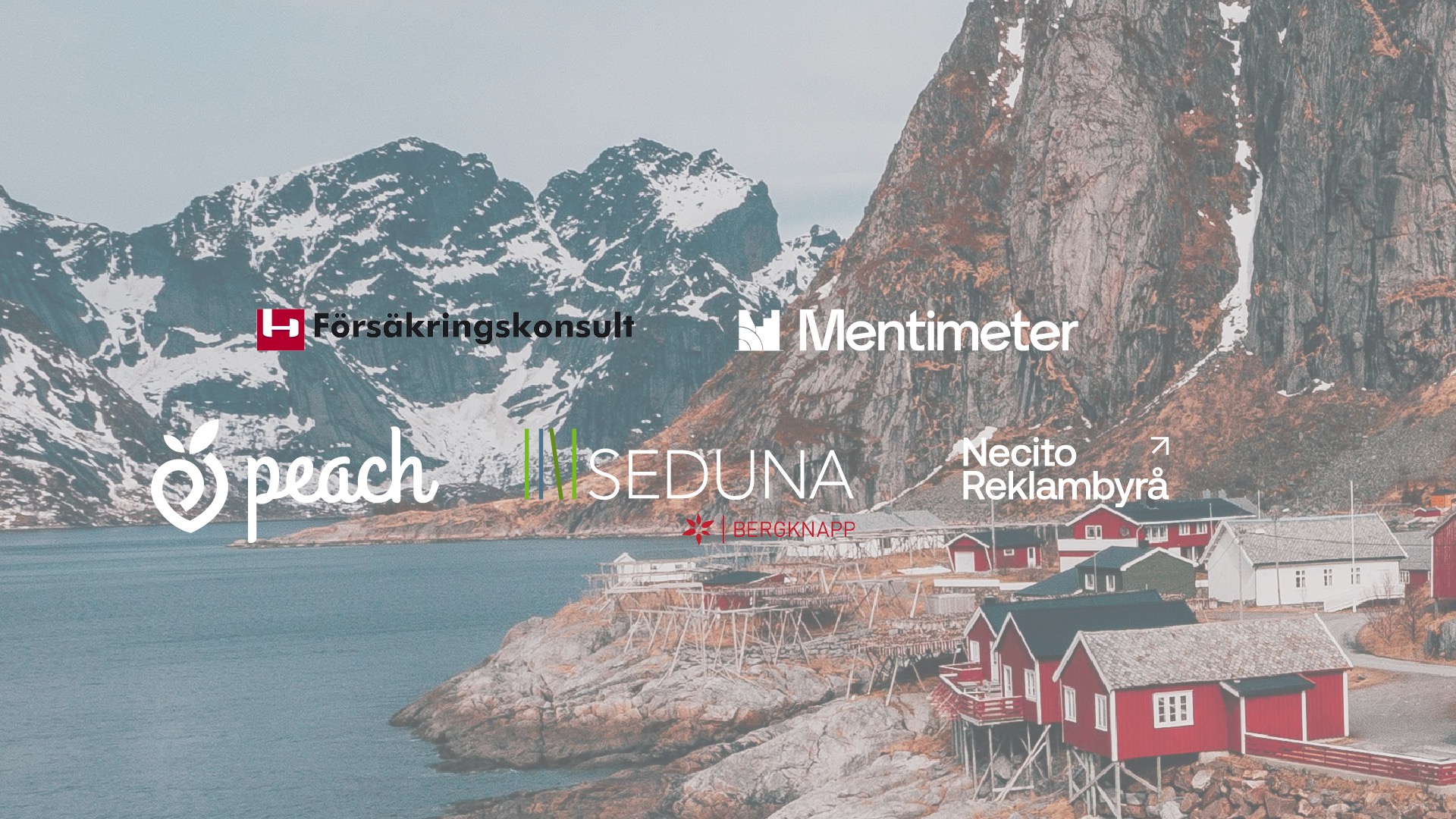
More companies need to start purchasing negative emissions via carbon removal from the atmosphere. Market demand is accelerating Direct Air Capture deployment.
The Intergovernmental Panel on Climate Change (IPCC) has stated that carbon dioxide removal technologies are essential. Indeed, they are required in almost all scenarios in which the global temperature increase is to be limited to well below 2°C. The science community has explained why it is crucial to support atmospheric carbon removal with long-term storage. Our world has accumulated and raised the concentration of CO2 in our atmosphere beyond 400 ppm, compared to pre-industrial levels of 280-300 ppm. Consequently, we must take back CO2 from the atmosphere and store it for the long term in the geosphere.
Voluntary Carbon Markets (VCM) will play an important role to drive Direct Air Capture (DAC) deployment. Compliance markets, such as the EU ETS system for industrial emissions, are evaluating how Carbon Dioxide Removal (CDR) can be integrated. Prices for those industries accounted for are expected to be upward of 100 Euro per tonne CO2 emitted. According to the European Commission’s Sustainable Carbon Cycles Communication, 5Mt of carbon dioxide should be removed annually from the atmosphere and permanently stored through projects (such as direct air capture and carbon storage) by 2030.
Moreover, the EU is working on their carbon removal certification mechanism (CRC-M), quantifying and ensuring that carbon dioxide is removed from the atmosphere and permanently stored. As such it will incentivize sustainable financing and carbon pricing for negative emissions.
To reach net-zero targets, companies must reduce more carbon dioxide emissions than they are capable of. Many companies will experience an emission gap, especially those in hard to abate sectors like aviation, agriculture, building and construction. Without negative emissions, it will be difficult for them to reach their net-zero targets. Ekot, the news service of the Swedish national radio has mapped out the industrial emission data for the 30 largest Swedish companies. Corresponding to 800 million tons of carbon dioxide for the whole lifecycle of their products and services.
The World Economic Forum pointed out the importance of negative emissions in its guide. On the critical role of carbon removal and how companies can use it smartly.
– The world needs carbon removal on top, not instead of, emission reductions. Every company should plan for this need; have a carbon removal strategy
- halve emissions by 2030
- net-zero emissions by 2050
- net-negative emissions after 2050 with up to 5-20bn tonnes CO2 removed per year
The Principles for Net Zero Aligned Carbon Offsetting were announced by Oxford University in September 2020. These guidelines provide recommendations on how to use carbon removal to ensure long-term storage rather than offsetting avoided emissions or offsetting with a high probability of reversal. The Science Based Targets initiative is currently making comparable recommendations in its net-zero guidance for public comment.
It is too late to rely on emission reductions alone, and it is increasingly apparent that carbon removal technology with long-term storage constitutes the new best practice. Pursuing carbon removal is a necessity and insurance for the world to reach net-zero in 2050. Scaling up technologies, such as Direct Air Capture and Storage (DACS), is a way to remove carbon with the purpose of achieving negative emissions at scale.
Established names in the field offered their views on DACS and negative emissions
Dr Dawid P. Hanak,
MBA, CEng MIMechE, CMgr FCMI, FHEA. Senior Lecturer in Energy and Process Engineering, Centre for Climate and Environmental Protection at Cranfield University
“Reduction of CO2 emissions associated with fossil fuel combustion is crucial for us to limit global warming to 1.5°C. We now know, however, that CO2 reductions alone will be insufficient because some parts of our economy are inherently difficult to decarbonize. Therefore, we need to deploy negative emission technologies, such as Direct Air Capture, to reduce the amount of CO2 in the atmosphere. I do believe that negative emission technologies offer a significant opportunity not only in terms of global warming mitigation. These will allow us to transition to a circular economy and better manage our limited resources.”
Shareq Mohd Nazir
Assistant Professor, KTH Royal Institute of Technology
”We have used artificial methods that resulted in an increase in concentration of CO2 in the atmosphere. Therefore, in order to restore the concentration back to pre-industrial levels, we must utilize artificial methods such as Direct Air Capture among others.”
About Nordic DAC Group AB
Nordic DAC Group AB, founded in 2020, offers high-quality permanent carbon removal certificates, removing unavoidable, hard-to-reduce, and historical CO2 emissions. The service contains advance purchases of DAC credits and participation in DAC projects, accelerating companies’ race toward net-zero and beyond. Nordic DAC Group AB is a minority shareholder in Carbon removal AS. More information can be found at directaircapture.com
Share on facebook
Facebook
Share on twitter
Twitter
Share on linkedin
LinkedIn

